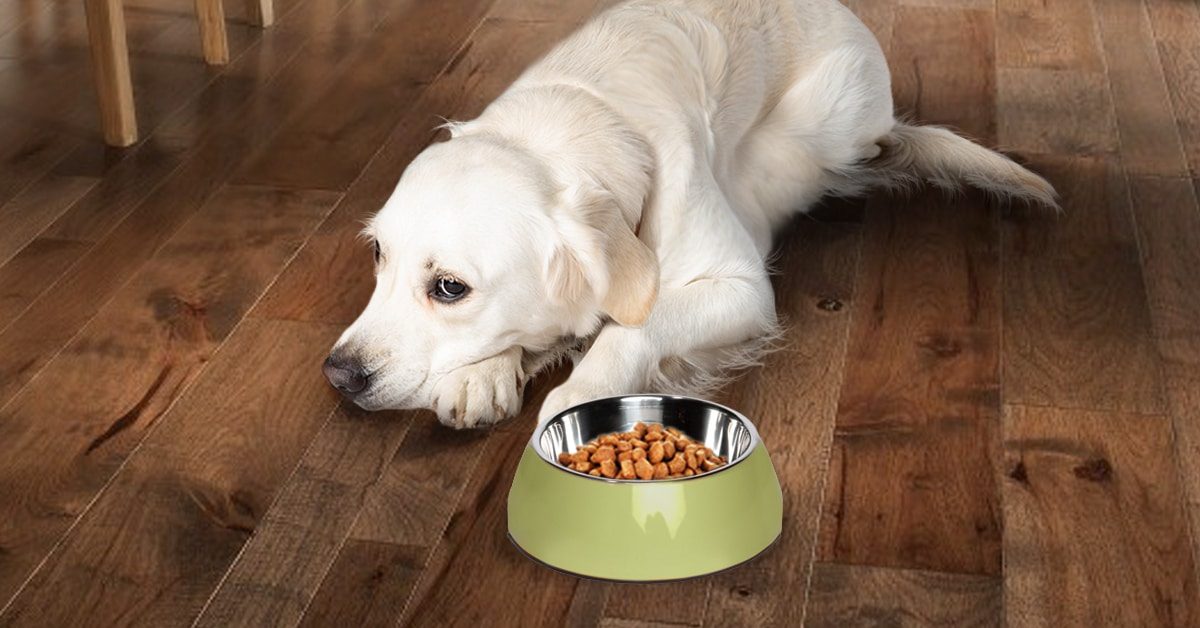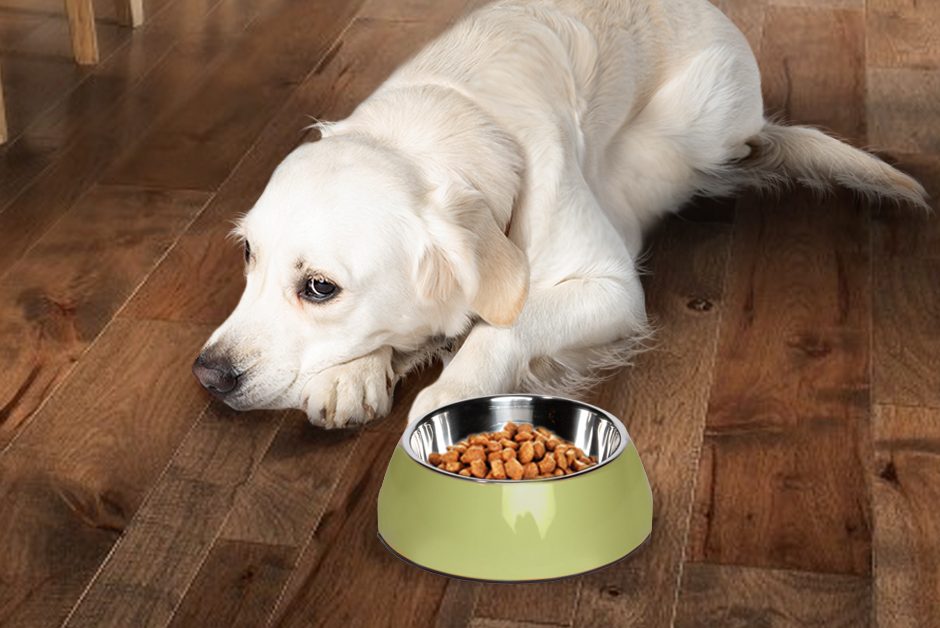

What Could Your Dog’s Eating Changes Be Telling You?
In Partnership with Aratana Therapeutics
You and your dog communicate in your own unique way. You might use hand signals and the tone of your voice. Your dog might paw at your hand for a scratch behind the ears or wag their tail at turbo speed when they hear the sound of food hitting their bowl.
The mealtime ritual is one you know well. But did you know that if your dog picks at their food or walks away, they may be telling you something?
Decreased appetite: a red flag
Decreased eating can be a warning sign or red flag that something may be wrong. Many times, reduced eating is the first sign – and may be the only sign – that a dog is sick.
Changes in eating can vary from dog to dog. The most obvious is when a dog completely refuses to eat. Some dogs, however, may eat less than normal, take more time to eat or start picking at their food. To evaluate your dog’s appetite, answer these 5 simple questions.
What causes changes in eating behavior?
There are many potential causes for changes in eating behavior:
- Aging, infection or pain
- Stress or changes in environment, routine or diet
- Medication side effects
- Chronic medical conditions, such as kidney disease, heart disease, gastrointestinal disease and cancer
Whatever the cause, it’s important to take action since decreased eating can lead to serious nutritional issues and impact your dog’s quality of life.
Why is appetite important?
When a dog won’t eat their regular food, it’s only natural to try coaxing them to eat, offering treats or human foods. After all, it’s a relief to see your dog eat and know at least there’s something in their stomach. However, treats and human food don’t usually provide the balanced nutrition your dog needs.
It’s especially important to watch for eating changes in dogs who are aging, stressed or living with a medical condition. Even small changes in food consumption can deprive them of nutrition that is essential for healing, keeping muscles strong and defending the body against illness and infection. It also provides energy to help dogs stay active and enjoy life.
Answer these 5 questions now to rate your dog’s eating routine. You may wish to share the results with your veterinarian and refer back periodically to monitor your dog’s eating changes over time.
Find more information at entyce.aratana.com.
Join the newsletter and never miss out on dog content again!
"*" indicates required fields
By clicking the arrow, you agree to our web Terms of Use and Privacy & Cookie Policy. Easy unsubscribe links are provided in every email.